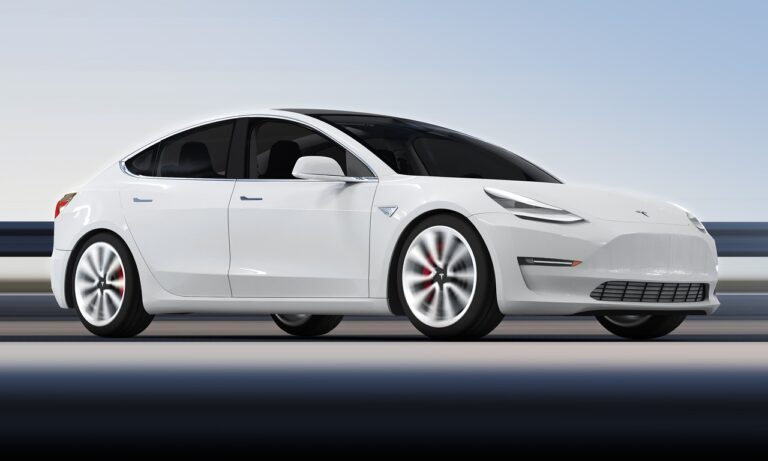Redefining Mobility: Trends in Smart City Development
Urban transportation planning poses various obstacles that city officials and transport authorities must navigate to ensure seamless mobility within bustling urban environments. One significant challenge is the increasing congestion on roads due to the growing population and vehicle ownership rates. This congestion not only leads to longer commute times for individuals but also contributes to traffic-related emissions, impacting air quality and environmental sustainability within cities.
In addition to congestion, the disparity between the demand for public transportation services and the available infrastructure poses a critical challenge in urban transportation planning. Insufficient public transport systems often result in overcrowded buses and trains, leading to discomfort for commuters and potential safety issues. Moreover, the lack of adequate connectivity between different modes of transportation complicates the seamless movement of individuals, further exacerbating the urban mobility dilemma.
• Inadequate public transport infrastructure leads to overcrowding on buses and trains
• Discomfort for commuters and potential safety issues arise due to overcrowded public transportation
• Lack of connectivity between different modes of transportation complicates seamless movement within cities
Integration of Autonomous Vehicles into City Infrastructure
Autonomous vehicles are on the cusp of revolutionizing urban transportation systems worldwide. Cities are grappling with the challenge of integrating these advanced technologies into existing infrastructure seamlessly. From updating traffic regulations to redesigning roadways, municipalities are faced with a myriad of considerations in accommodating autonomous vehicles.
One key aspect of integrating autonomous vehicles into city infrastructure is ensuring compatibility with existing transportation networks. This involves developing communication systems that allow autonomous vehicles to interact with traffic signals, pedestrian crossings, and other crucial elements of urban infrastructure. As cities race to embrace this automotive evolution, careful planning and coordination will be essential to maximize the benefits of autonomous vehicles while minimizing potential disruptions to urban mobility.
Impact of Ride-Sharing Services on Urban Mobility
Ride-sharing services have significantly transformed urban mobility in recent years. These platforms have provided alternative transportation options, offering convenience and flexibility to users. Commuters now have the ability to easily request a ride with just a few taps on their smartphones, reducing the reliance on traditional modes of transportation such as owning a car or hailing a taxi.
The increased popularity of ride-sharing services has also raised concerns about their impact on traffic congestion and public transportation systems. Some argue that the rise of ride-sharing has led to an uptick in the number of vehicles on the road, contributing to congestion in urban areas. Additionally, there are concerns about the potential shift away from public transportation, which could impact the overall sustainability and efficiency of urban mobility.
How are ride-sharing services impacting urban mobility?
Ride-sharing services are providing more convenient and flexible transportation options for city dwellers, reducing the reliance on private car ownership and potentially easing traffic congestion.
What challenges do urban transportation planners face in integrating ride-sharing services into city infrastructure?
Urban transportation planners must consider how ride-sharing services will affect public transportation systems, traffic flow, and overall city design. They also need to address concerns about data privacy and labor rights for ride-sharing drivers.
How can autonomous vehicles be integrated into city infrastructure to further improve urban mobility?
Autonomous vehicles have the potential to reduce traffic accidents, increase transportation efficiency, and improve accessibility for individuals with disabilities. Urban planners need to consider how to safely incorporate autonomous vehicles into existing transportation networks.
What are some potential drawbacks of relying heavily on ride-sharing services for urban mobility?
Some concerns include increased traffic congestion from ride-sharing vehicles, potential job displacement for traditional taxi drivers, and concerns about the environmental impact of increased vehicle miles traveled. Urban planners need to address these issues when considering the future of urban mobility.







